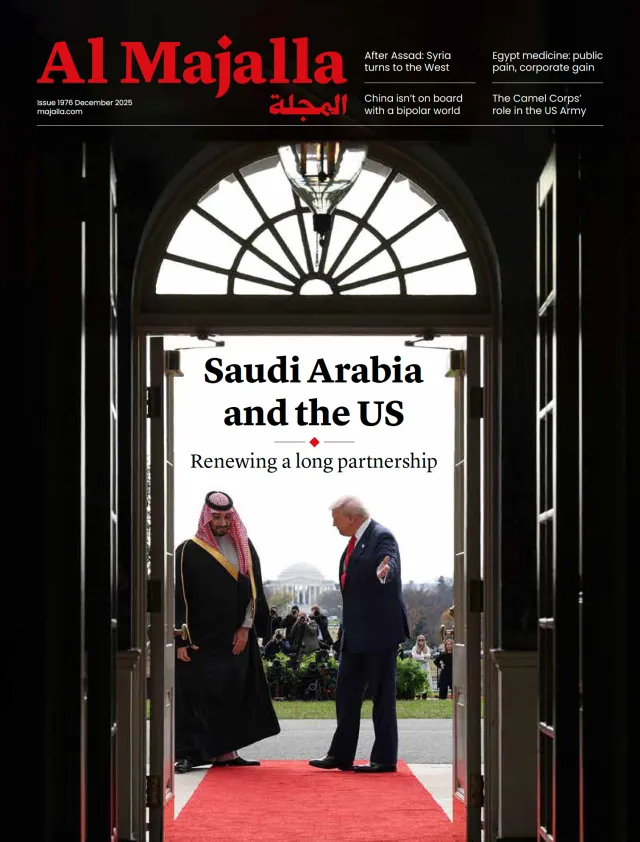The anticipated visit of Crown Prince Mohammed bin Salman to Washington this week marks a pivotal moment in the course of US-Saudi relations and may be one of the most consequential meetings in years. Ties between these two longstanding partners are entering a phase of renewal, and they are exploring how their deep-rooted interests can shape the sweeping transformations across the Middle East and the wider world.
The crown prince arrives with a crowded agenda. Discussion points include Gaza, the two-state solution, Iranian influence, Syrian reconstruction, the growing role of Russia and China, maritime security in the Red Sea, developments in energy markets, economic recovery, and Artificial Intelligence (AI), an emerging new factor in geopolitical power dynamics.
Of these, the Syrian file stands out. Earlier this year, US President Donald Trump approved a Saudi request to lift damaging US sanctions on Damascus, imposed during the era of former Syrian President Bashar al-Assad. The recent historic visit by Syria’s President Ahmed al-Sharaa to the White House was billed as “giving Syria a chance”.
Evolving partnership
The crown prince’s visit to Washington cannot be fully understood without revisiting the history of modern Saudi-US relations, which began in earnest in February 1945, when King Abdulaziz met US President Franklin D. Roosevelt aboard the USS Quincy and established a partnership grounded in oil and security. Eight decades later, that formula is no longer sufficient. The region has evolved, Saudi Arabia has grown more assertive, and the global balance of power has changed.
Their partnership has been tested over the years, not least by the Arab uprisings of 2011, the US rapprochement with Iran under President Barack Obama (and the subsequent 2015 nuclear agreement), US military withdrawal from Iraq, the 2023 resumption of Saudi-Iranian relations, and the 2024 revolution in Syria. Yet despite these challenges, the thread of mutual US-Saudi interests has remained resilient. Riyadh has maintained open channels and strategic flexibility, while Washington has continued to recognise Saudi Arabia’s regional influence and its critical role in the global economy.




